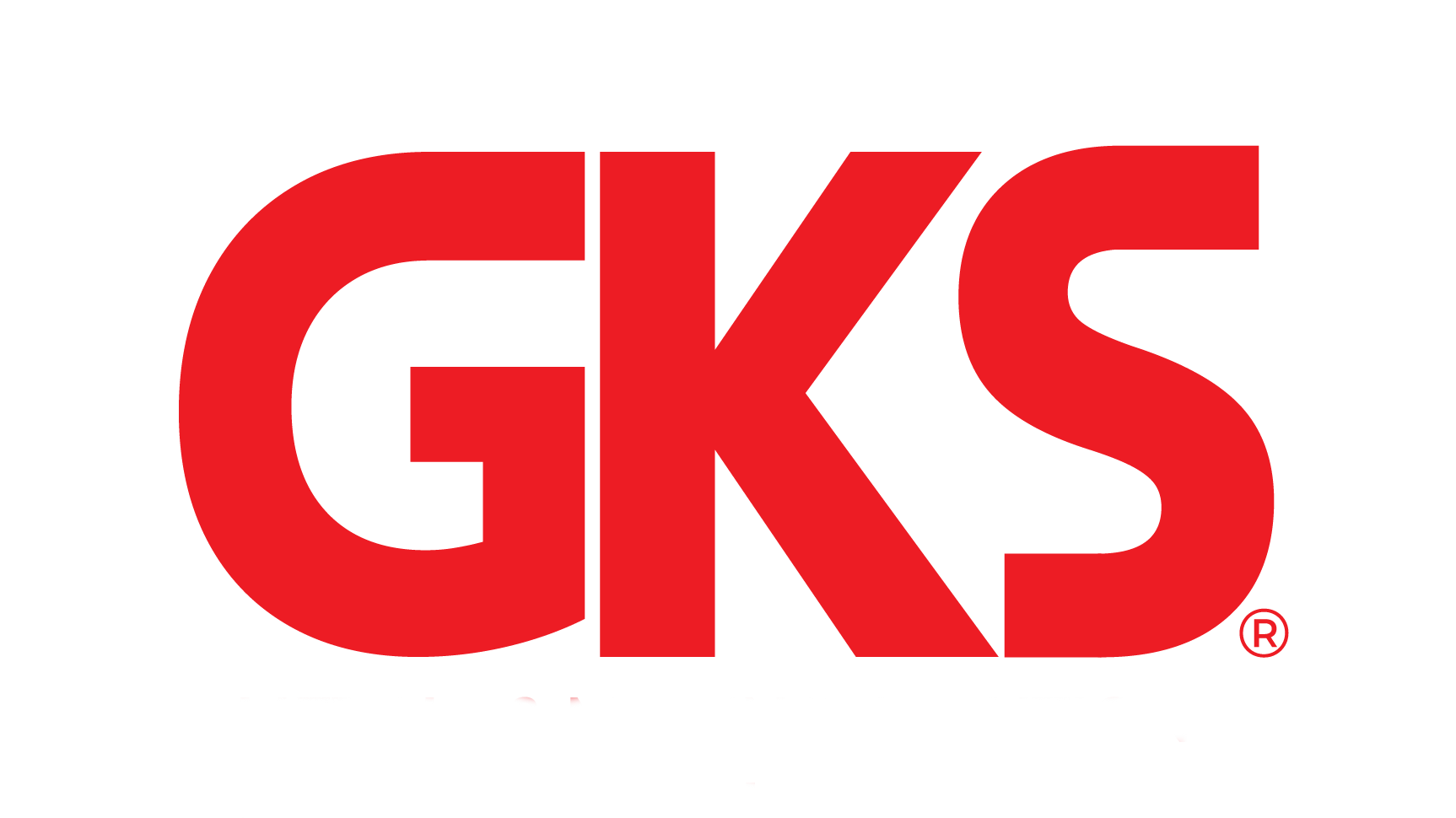What Are Industrial Hydraulic Jacks?
A hydraulic jack is a type of lifting equipment that can be powered via manual force or external hydraulics. Some hydraulic jacks are designed to lift loads under 11,000 pounds, while others can lift up to 30 tons.
Hydraulic jacks work by harnessing the power of fluids, allowing the operator to lift extremely heavy items with a surprisingly small amount of applied force. That force comes from a lever, which is maneuvered by the operator. The lever in turn applies pressure to fluid, which is stored in a contained space. When pressure is applied to fluid in this way, that pressure is evenly dispersed in all directions. The hydraulic system within a jack transmits that force to a second, larger contained space filled with fluid. This larger quantity of fluid multiplies the force that was originally applied by the operator. As a result, the operator can lift something much heavier than they could on their own.
Hydraulic Jack Uses
Hydraulic jacks are used to lift heavy loads that are low to the ground. For example, a hydraulic jack would not be used at a construction site to lift an air conditioning unit into a window. But hydraulic jacks are ideal for elevating shipping containers so they can be loaded onto a dolly.
Hydraulic toe jacks are commonly used in a few key contexts:
Lifting Construction Materials
A hydraulic jack is an excellent tool for lifting construction materials that need to be loaded onto a dolly and moved around a site. Toe jacks can be used for lifting pallets of lumber, brick, and other materials.
Transportation
Hydraulic jacks have the capacity to lift extremely heavy machinery, up to twenty tons. This is valuable for loading heavy equipment onto dollies for efficient transportation from one spot to another.
Lifting Shipping Containers
Hydraulic jacks are ideal for lifting heavy shipping containers so they can be loaded onto shipping container dollies for transportation. Multiple jacks can be used in tandem to ensure a steady ascent.
Benefits of Hydraulic Jacks
Hydraulic jacks offer several key benefits over alternative lifting systems, such as forklifts and cranes.
Smaller Size
Hydraulic jacks are pretty small. They don’t usually measure more than a foot or two in any direction, and their storage footprint is usually under two square feet. As a result, toe jacks are much easier to move and store than larger lifting equipment.
Lighter Weight
The weight of a hydraulic jack depends on its load capacity. Smaller hydraulic jacks, with a five-ton lifting capacity, can weigh under fifty pounds. Larger jacks that can lift thirty tons can weigh closer to 250 pounds. Most hydraulic jacks are made with wheels, so they can be rolled around a facility without needing to be lifted. This makes transporting even the heaviest of jacks much easier than moving a forklift or crane from place to place.
Easier to Use
Of course, proper operation is critical when using a hydraulic jack to lift a heavy object. However, unlike forklifts and cranes, you don’t need a special license or certification to use a forklift. With proper training, hydraulic jacks can be operated by more than just a few employees, which is excellent for productivity.
Explore Industrial Jacks From GKS
GKS is proud to manufacture top-quality industrial and hydraulic jacks for lifting loads up to 30 tons. Every GKS hydraulic jack is individually tested for quality and performance before it leaves the facility, and each of our jacks comes with a five-year warranty. GKS industrial jacks pair the very best of German engineering with U.S.-based customer support, so you can always reach us in a timely manner.
To learn more about our hydraulic jacks and ask about which model is best for you, talk to a member of the GKS team.
